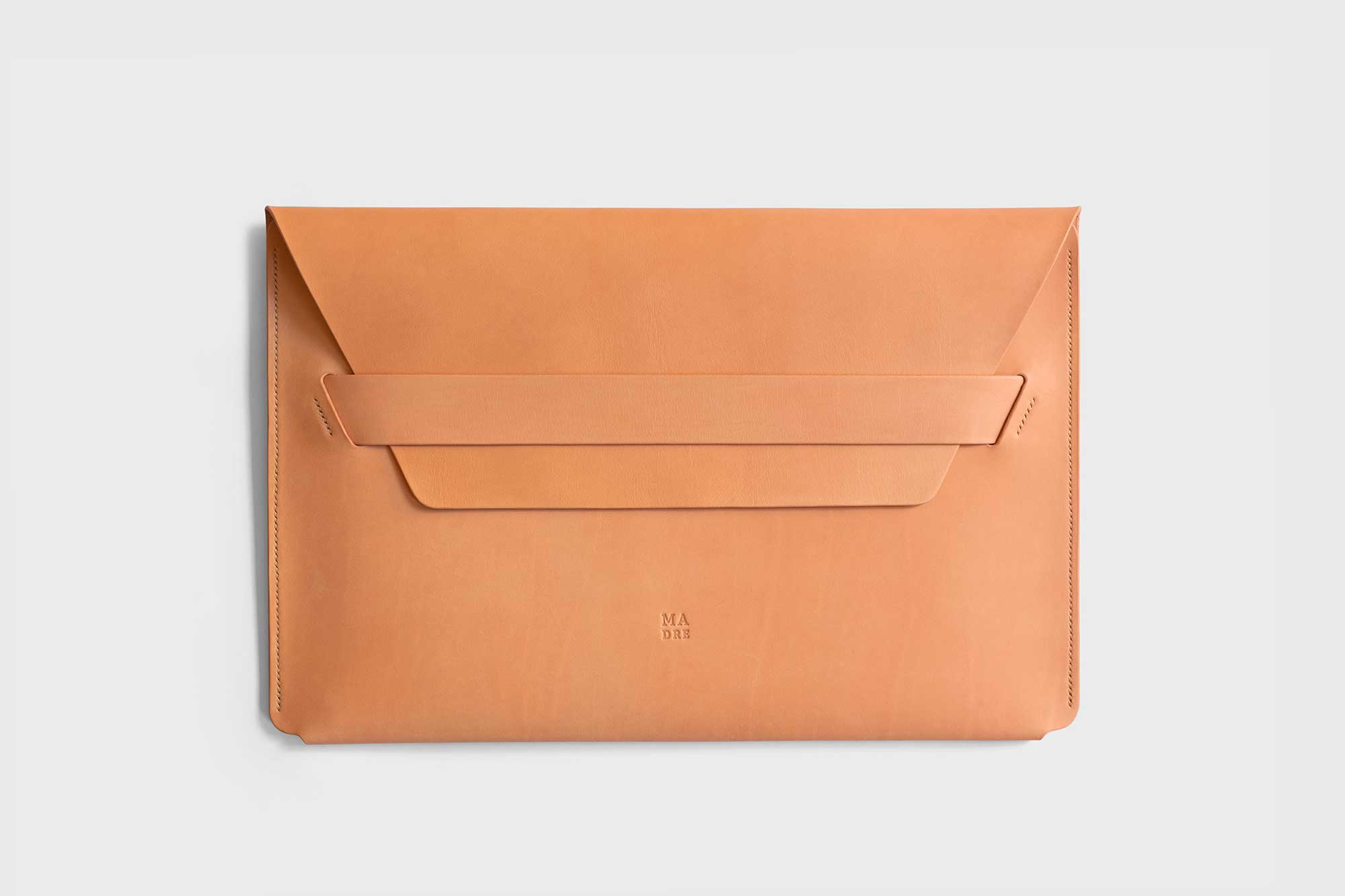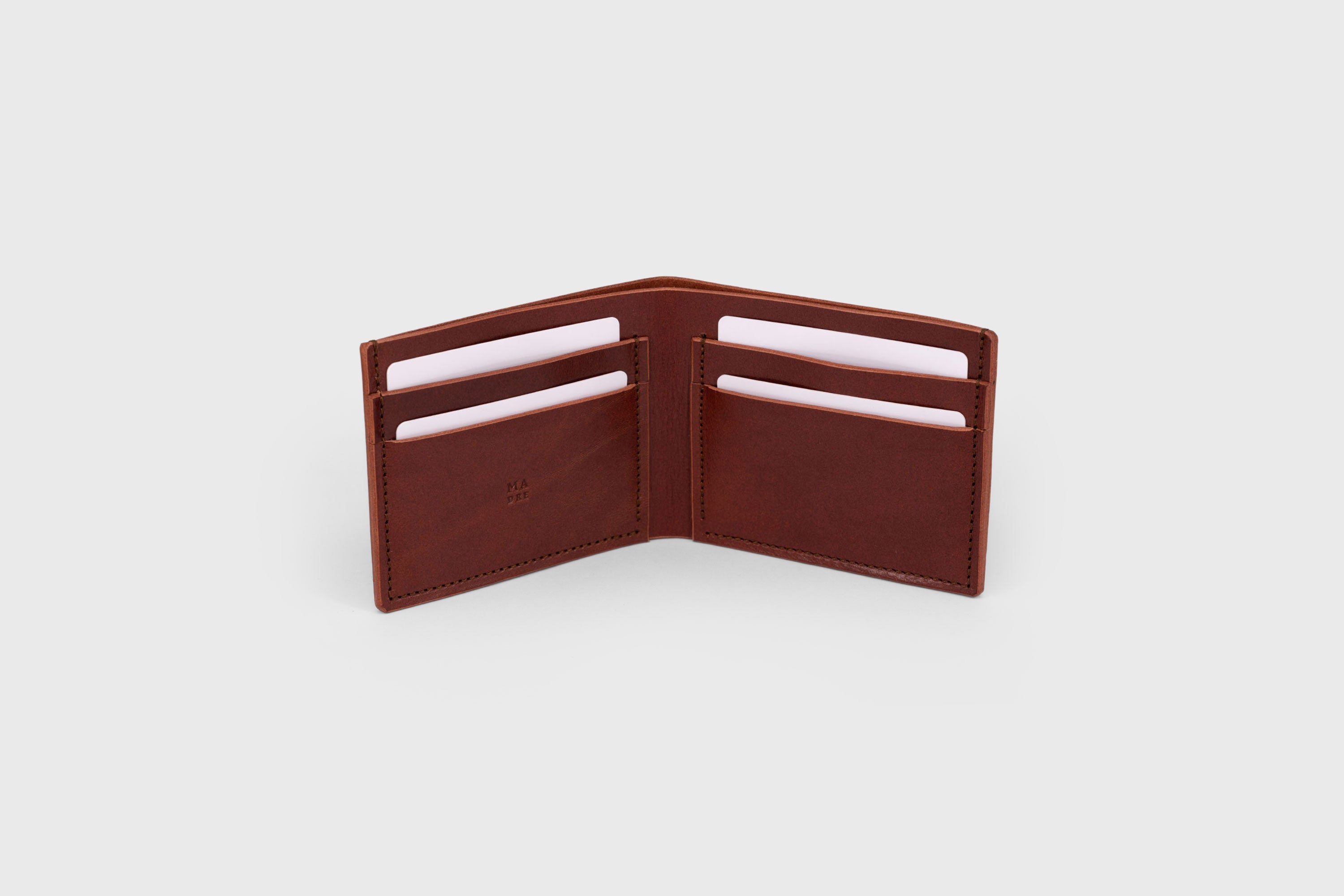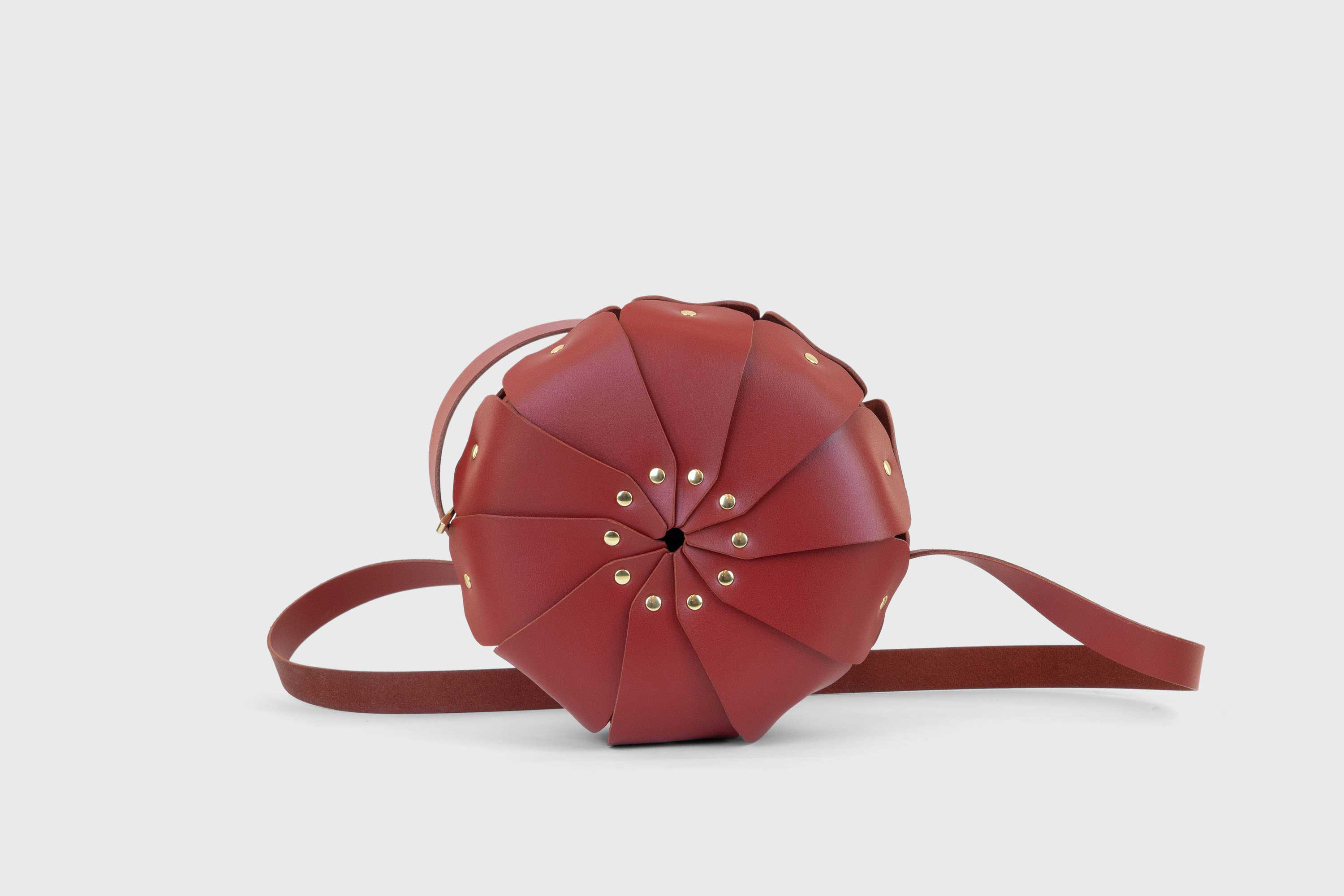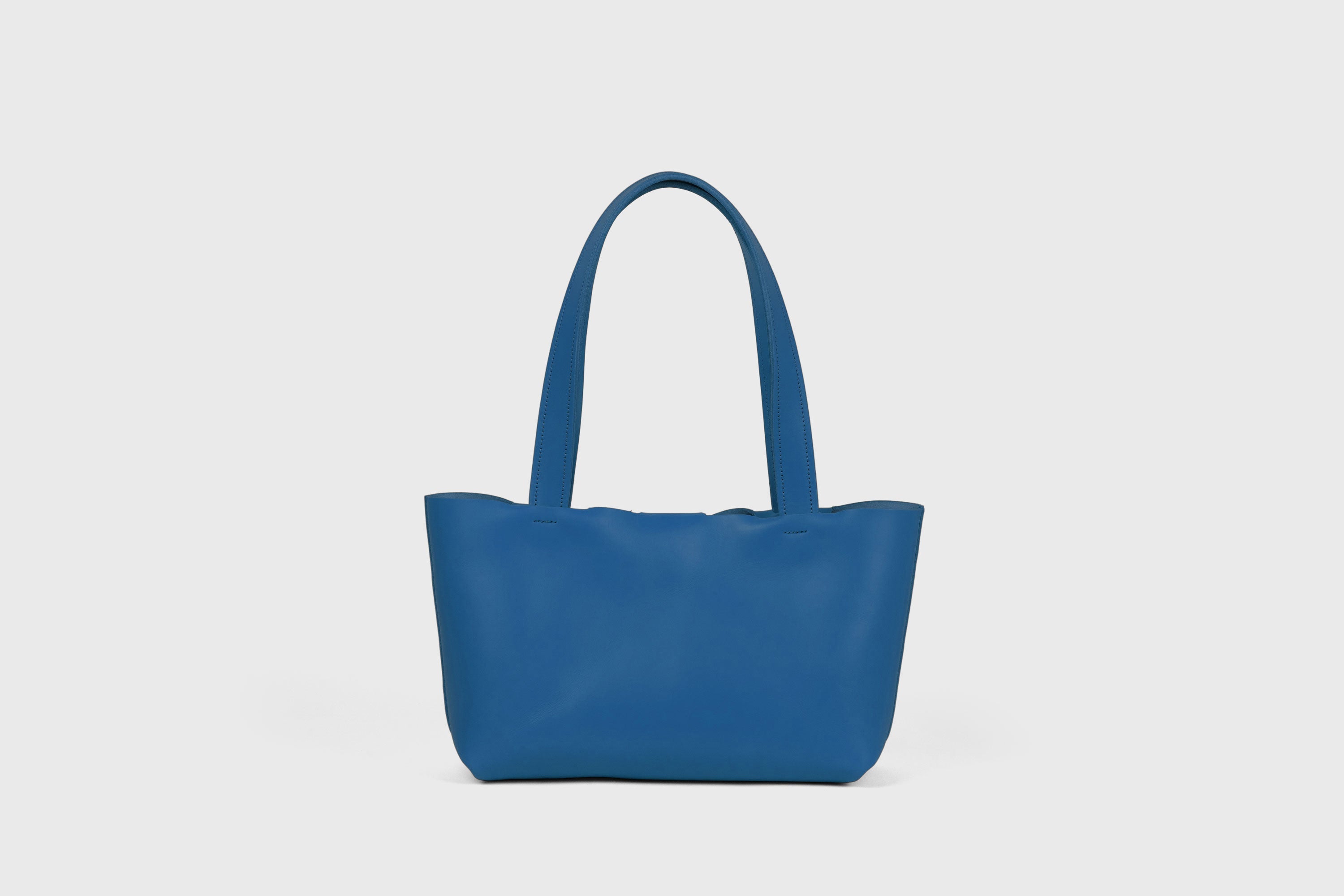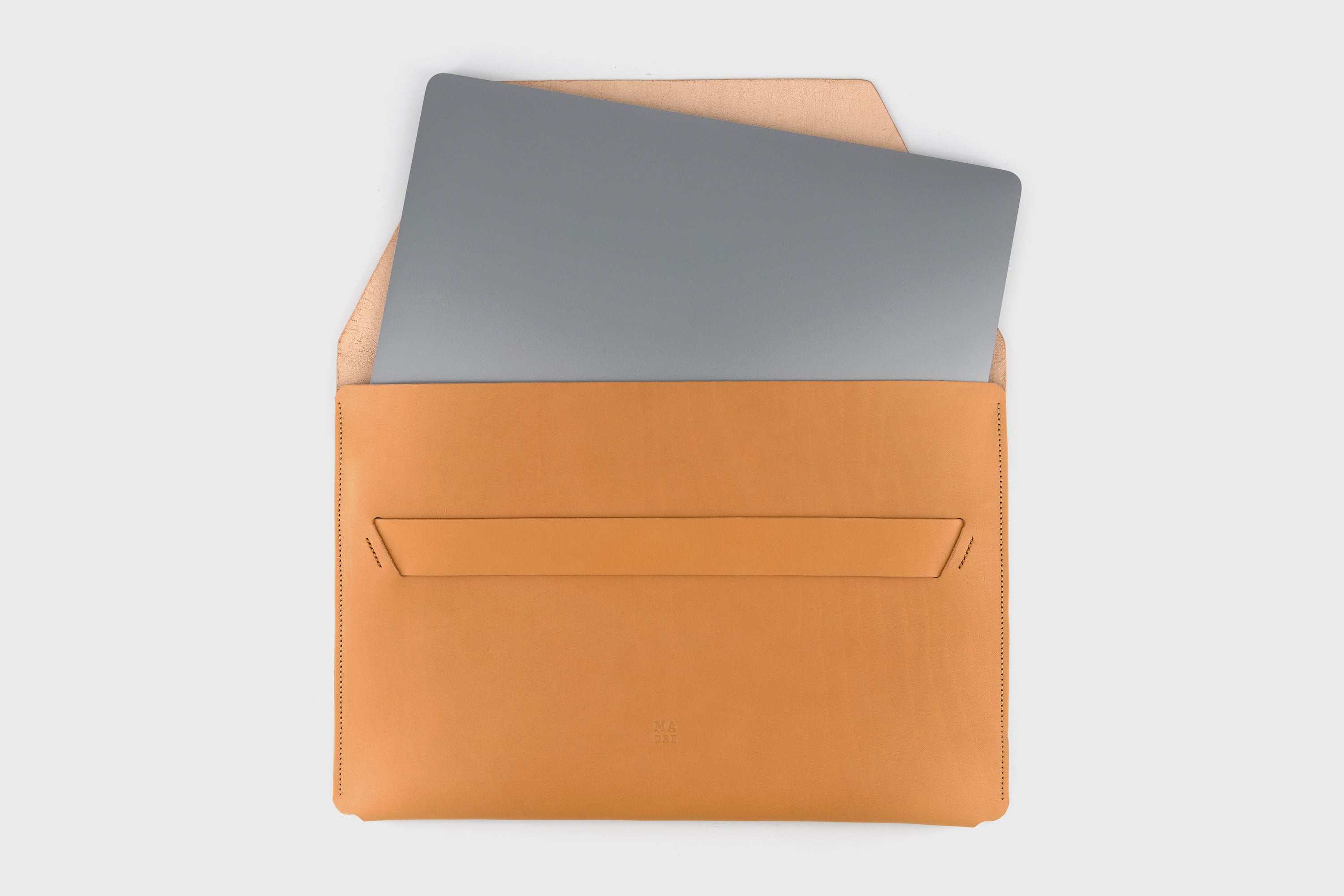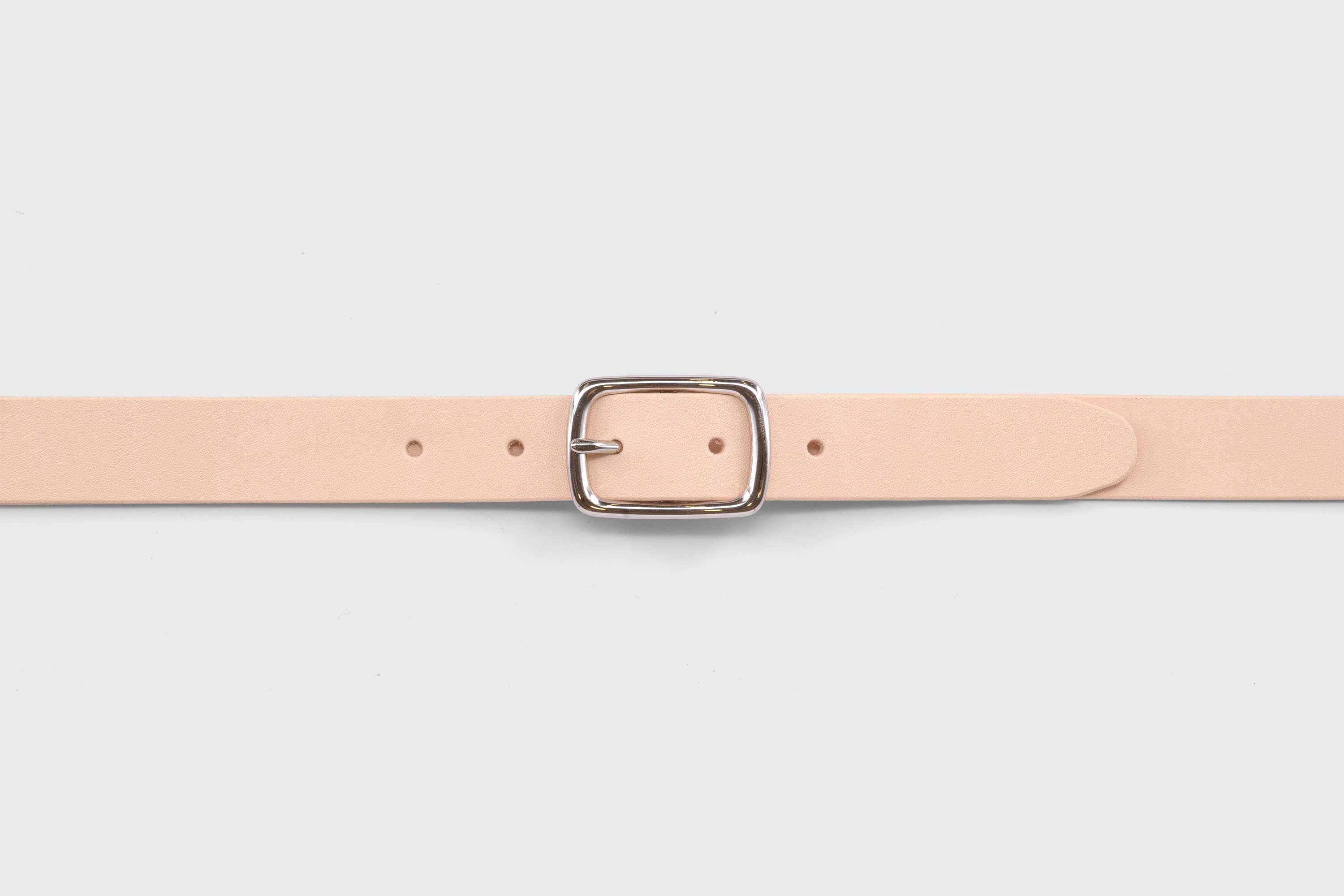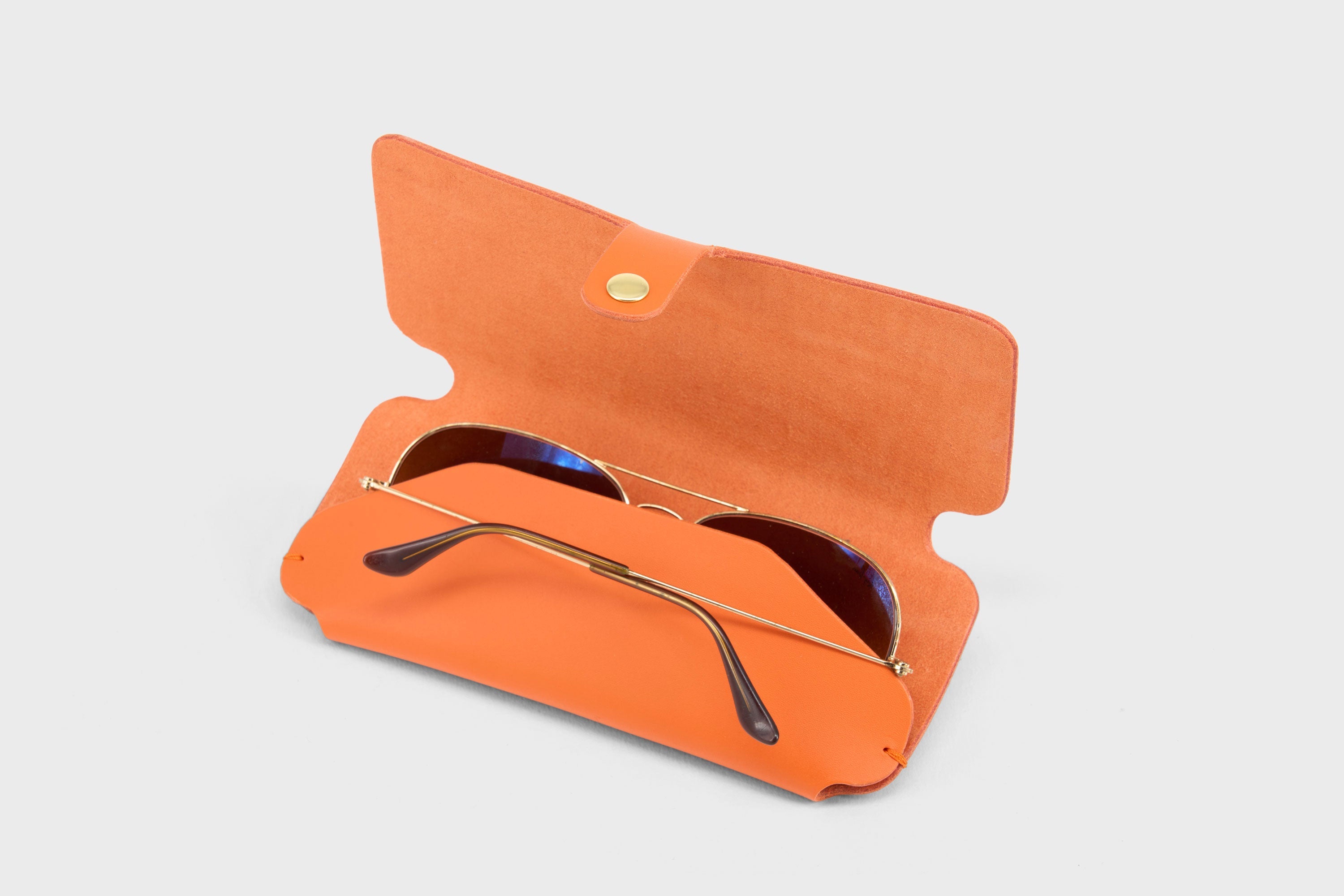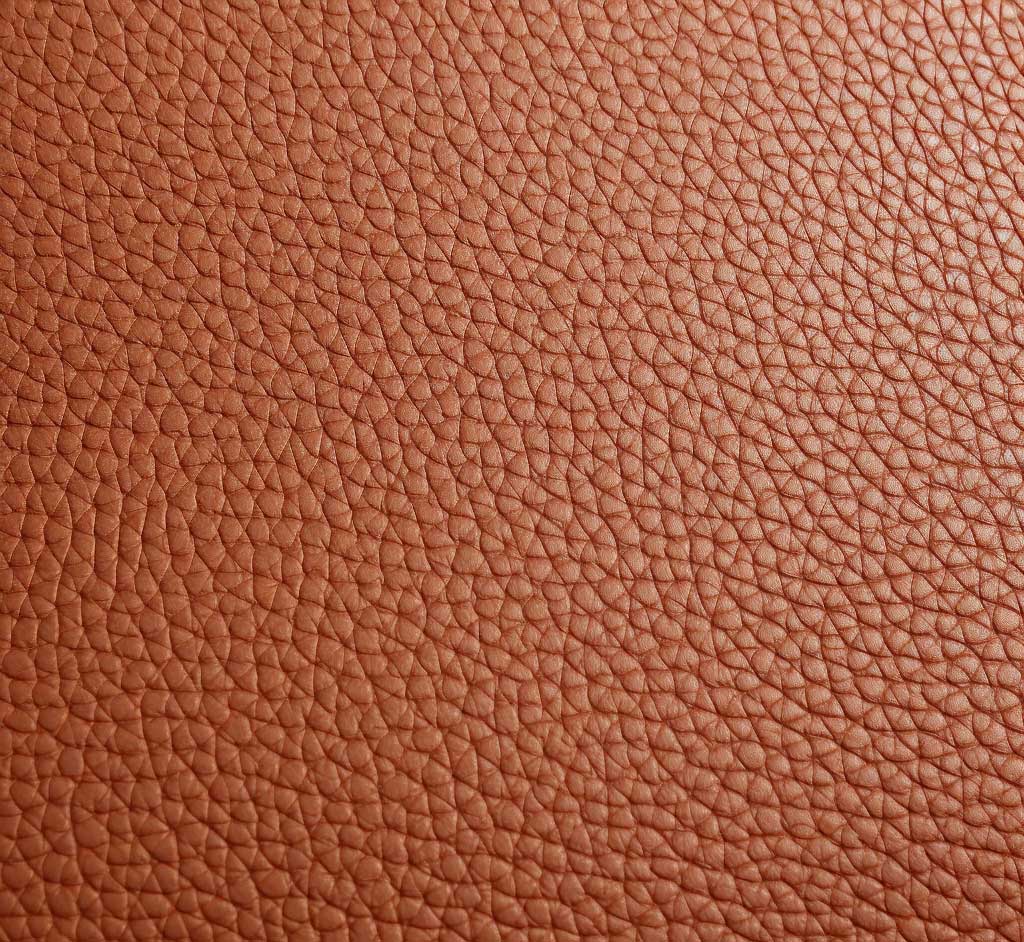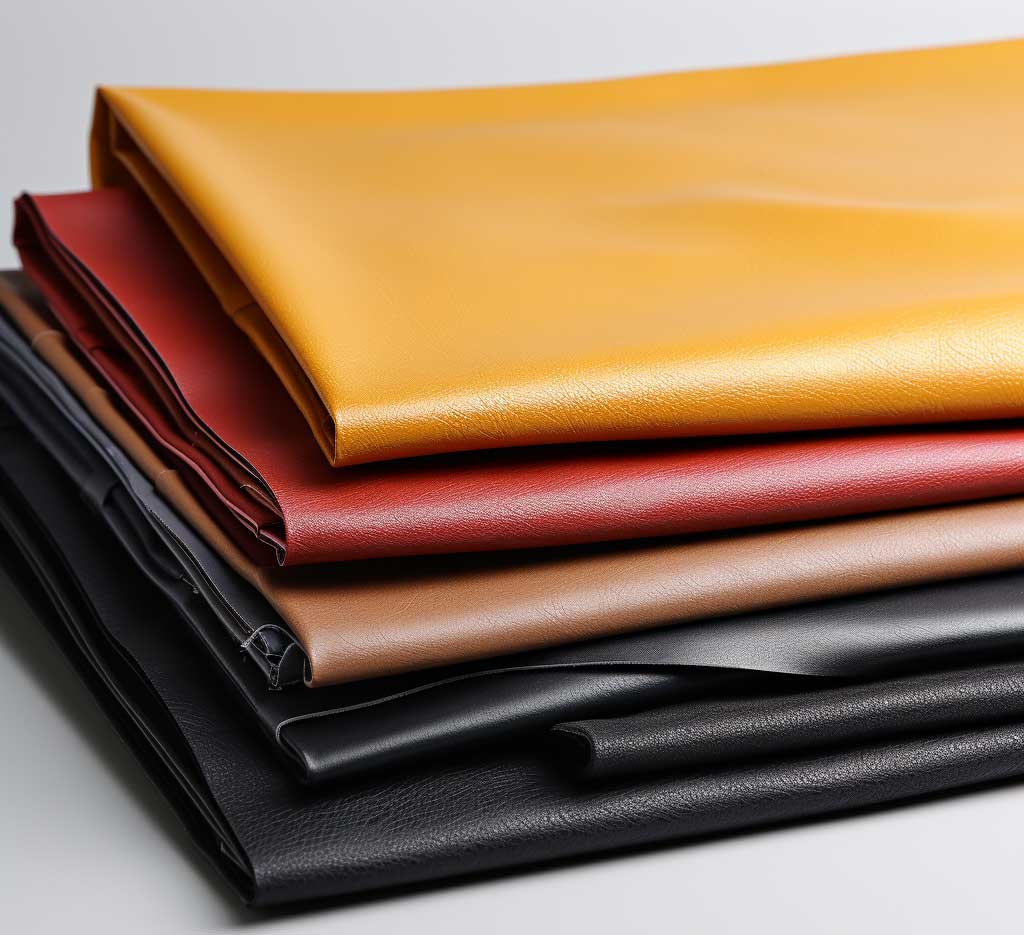
What is PU leather - and why you should avoid!
What is pu leather?
PU leather is a type of synthetic material that is commonly used as an alternative to genuine leather. While it can provide a similar look and feel to real leather, it does have some significant drawbacks. One of the main concerns with PU leather is its lack of durability. With frequent use, the material can easily crack and peel, which can greatly reduce its lifespan.
Another issue with PU leather is its environmental impact. It is a synthetic material made from petrochemicals, which are not environmentally friendly. Additionally, PU leather is not biodegradable, which means that it can take hundreds of years to decompose in a landfill. This makes it a poor choice for environmentally conscious consumers.
Despite these drawbacks, PU leather does offer some benefits. It is more affordable than real leather and easier to clean and maintain. However, consumers should carefully consider the long-term costs and environmental impact of using PU leather before making a purchase. Overall, while PU leather may be a suitable option for some, it is not without its drawbacks and should be approached with caution.
What is pu leather made of?
While it may appear similar to genuine leather, PU leather is actually made from a completely different set of materials.
The main component of PU leather is polyurethane, a polymer compound that is created through a chemical reaction between a diisocyanate and a polyol. This reaction creates a versatile and durable material that can be used in a variety of applications, including in the production of PU leather.
In the production of PU leather, the polyurethane is combined with a backing material, typically made from fabric or a blend of fabric and other materials. This backing material provides structure and support to the finished product, while the polyurethane layer on top creates the appearance of leather.
The polyurethane layer is created through a process known as coating. The backing material is first coated with a layer of polyurethane, which is then embossed with a texture that resembles leather. This texture can range from smooth and glossy to rough and matte, depending on the desired final product.
After the texture is added, the polyurethane layer is typically treated with additional chemicals to enhance its durability and resistance to moisture and stains. These chemicals may include flame retardants, antimicrobial agents, and UV stabilizers, depending on the intended use of the finished product.
Overall, the production of PU leather involves a complex and multi-step process that requires the use of a variety of materials and chemicals. While it is designed to provide a more affordable and durable alternative to genuine leather, it is important to consider the potential environmental impact of using synthetic materials and to make an informed decision based on individual preferences and values.
Polyurethane Leather: A Historical Examination of Its Development and Uses
Polyurethane (PU) Leather is a synthetic leather substitute that emerged as a byproduct of broader research and development efforts in the field of synthetic materials throughout the 20th century. The history of PU leather is characterized by gradual innovation, refining the material to increasingly resemble and function like genuine leather.
The initial groundwork for PU leather began with the invention of polyurethane, which was first synthesized by Professor Dr. Otto Bayer and his team at IG Farben in Germany in 1937. However, its initial uses were in industrial applications such as insulation, adhesives, and coatings rather than as a material for manufacturing consumer goods.
By the 1960s, manufacturers began to explore the use of polyurethane as a coating for other materials to create a product that looked and felt like leather, marking the beginning of PU leather as we know it today. However, it's important to note that this was part of a wider trend during the mid-20th century, where various synthetic materials were developed to mimic the properties of natural materials.
The initial uses of PU leather were primarily in the fashion and upholstery industries. It offered a cost-effective alternative to natural leather, enabling manufacturers to produce affordable products that resembled leather in appearance. Over time, the material has been improved and refined to increase its durability, texture, and overall resemblance to genuine leather, and has been incorporated into a wide range of products, from clothing and accessories to car interiors and furniture.
It's important to acknowledge that the evolution of PU leather hasn't been without controversy. Compared to genuine leather, it lacks some of the unique characteristics, such as the natural aging process and the distinct texture, which some consumers value. There have also been environmental concerns raised about the production of PU leather due to its reliance on petroleum and the release of certain toxins during manufacturing.
However, despite these criticisms, the development and use of PU leather represent a significant milestone in the history of material science. Current research is exploring ways to produce more sustainable versions of PU leather, including bio-based polyurethanes and improved recycling techniques. Thus, the history of PU leather is an ongoing journey, reflecting the constant evolution of materials in response to changing societal needs and environmental considerations.
Is pu leather real leather?
No, PU leather is not real leather. It is a synthetic material that is designed to mimic the look and feel of genuine leather. However, some companies may try to mislead consumers by labeling their products as "genuine leather" or "real leather" when they are actually made from PU leather or other synthetic materials. This is done in an attempt to capitalize on the popularity and perceived value of real leather. Consumers should be wary of such marketing tactics and carefully read product labels and descriptions to ensure that they are getting what they expect.
PU Leather vs Faux Leather: What Sets Them Apart?
While 'PU Leather' and 'Faux Leather' are often used interchangeably, there are slight distinctions between them.
Material Composition: Both PU leather and faux leather are artificial leather substitutes. PU leather, or Polyurethane leather, is made by coating a backing fabric such as polyester with a flexible polymer and then treating it to look more like animal hide. Faux leather, on the other hand, is a broader term that encapsulates all types of artificial leather, including PU, PVC (polyvinyl chloride), and others.
Quality and Durability: While both materials are designed to emulate the look and feel of genuine leather, their quality and durability can differ. PU leather tends to be more flexible, breathable, and softer to the touch than PVC leather, another common type of faux leather, making it closer in feel to real leather. However, both are less durable than genuine leather.
Environmental Impact: Both materials have their environmental concerns. PU leather production involves the use of toxic chemicals, and the material itself is not biodegradable. PVC, while more durable, uses highly toxic chlorine in its production, and it's also not biodegradable. Faux leathers made from more environmentally friendly substances like plant-based polymers are starting to emerge but are still less common.
Care and Maintenance: The care for both PU and other faux leathers is typically easier than for genuine leather, with simple cleaning processes and less need for conditioning. However, they're less resistant to scratches, punctures, and UV damage.
Price: Both PU leather and faux leather are generally cheaper than real leather due to the less complex production process and the use of cheaper materials. However, the price can vary depending on the quality of the faux leather and the production methods used.
In essence, while PU and faux leather can be cost-effective alternatives, they do not provide the same quality, durability, or eco-friendly advantages as full-grain vegetable-tanned leather, such as the products we craft here at Atelier Madre.
Is pu leather toxic?
While it can provide a more affordable and durable alternative to genuine leather, it is important to note that some PU leather products may contain toxic chemicals that can be harmful to human health and the environment.
One of the primary concerns with PU leather is the presence of volatile organic compounds (VOCs) in the manufacturing process. VOCs are a group of chemicals that are released into the air as gases from certain products, including some types of adhesives and coatings used in the production of PU leather. These chemicals can cause a range of health problems, including headaches, dizziness, and irritation of the eyes, nose, and throat.
In addition to VOCs, some PU leather products may also contain heavy metals, such as lead and cadmium. These metals can be toxic to humans and animals, and exposure to high levels can cause serious health problems, including neurological damage, kidney damage, and cancer.
Furthermore, the process of producing PU leather often involves the use of solvents and other chemicals that can have a negative impact on the environment. These chemicals can be released into the air and water, contributing to air pollution and water contamination.
To address these concerns, some manufacturers of PU leather are taking steps to reduce the use of harmful chemicals in the production process. For example, some are using water-based coatings and adhesives that emit fewer VOCs, while others are working to eliminate the use of heavy metals in their products.
Consumers can also take steps to reduce their exposure to toxic chemicals in PU leather products. This includes reading product labels and descriptions carefully to look for information about the materials used in the product, as well as purchasing products from reputable companies that prioritize environmental and human health in their manufacturing processes.
In conclusion, while PU leather can be a more affordable and durable alternative to genuine leather, it is important to be aware of the potential risks associated with the use of toxic chemicals in the production process. By choosing products that prioritize environmental and human health, and taking steps to reduce exposure to harmful chemicals, consumers can help ensure that they are making informed choices and protecting themselves and the environment.
Is pu leather vegan?
Unfortunately, some companies have used the fact that PU leather is not made from animal products to greenwash their products and make them appear more environmentally friendly and ethical than they actually are. This is done in an attempt to appeal to consumers who are concerned about animal welfare and the environment.
However, it is important to note that the use of synthetic materials like PU leather can have a negative impact on the environment. The production of PU leather often involves the use of toxic chemicals and solvents that can pollute the air and water, and the material itself is not biodegradable, which means that it can take hundreds of years to decompose in a landfill.
Furthermore, the use of synthetic materials like PU leather can contribute to the global plastic pollution crisis. According to the Ellen MacArthur Foundation, by 2050, there could be more plastic than fish in the oceans if current trends continue.
In conclusion, while PU leather is not derived from animals, it is not necessarily considered vegan-friendly due to the use of chemicals and non-sustainable materials in the production process. Furthermore, the use of synthetic materials like PU leather can have a negative impact on the environment, and it is important for consumers to be aware of these issues and make informed choices when purchasing products. Companies should also be transparent about their manufacturing processes and the materials used in their products to avoid greenwashing and promote truly sustainable and ethical products.
Polyurethane Leather and the Greenwashing Controversy
Polyurethane (PU) Leather has been a focal point in the ongoing debate around greenwashing – the practice of making misleading or unsubstantiated claims about the environmental benefits of a product or service. While PU leather has been marketed as a more ethical and eco-friendly alternative to traditional animal leather due to its synthetic nature, this perception has been challenged due to the environmental implications of its manufacturing process.
PU leather is a synthetic product, created by applying a layer of polyurethane to a base layer of another material. This process initially made PU leather popular as an animal-free alternative to traditional leather, aligning with the growing consumer demand for vegan and cruelty-free products. However, this 'animal-friendly' tag has often been misleadingly extended to imply that PU leather is also 'eco-friendly' – an assertion that is not entirely accurate.
Producing PU leather involves the use of petroleum, a non-renewable resource, and its manufacturing process often leads to the release of harmful toxins, including volatile organic compounds (VOCs) and dioxins. VOCs contribute to air pollution, while dioxins, which are highly toxic, can cause harm to both human health and the wider environment. The disposal of PU leather also presents challenges, as it does not biodegrade and can contribute to landfill waste.
Therefore, while PU leather avoids the animal welfare concerns associated with traditional leather, its production and disposal processes raise serious environmental concerns. The portrayal of PU leather as a wholly green or sustainable alternative to animal leather can, therefore, be seen as a form of greenwashing.
Recently, the industry has made efforts to address these issues. Research is ongoing into bio-based polyurethanes and improved recycling techniques that could make PU leather more sustainable. Nonetheless, while these advancements could potentially make PU leather a genuinely eco-friendly alternative in the future, it is essential for brands and consumers alike to scrutinize the environmental claims associated with this material.
In conclusion, PU leather's journey illustrates the complexity of sustainability in the world of materials and manufacturing. It serves as a potent reminder of the need for thorough examination and verification of environmental claims to avoid the trap of greenwashing.
Is pu leather waterproof?
While it is more resistant to moisture than genuine leather, it is not completely waterproof.
The polyurethane layer on top of the backing material provides a protective barrier that can help repel water and prevent it from soaking into the material. However, if water is left on the surface for an extended period of time, it may begin to seep into the material and cause damage.
Additionally, the level of water resistance in PU leather can vary depending on the specific product and manufacturing process. Some PU leather products may be treated with additional chemicals or coatings to enhance their water resistance, while others may not be as resistant to water.
It is important to note that while PU leather may provide some degree of protection against moisture, it should not be considered completely waterproof. If you are looking for a material that can withstand exposure to water without damage, it is best to choose a material specifically designed for that purpose, such as neoprene or Gore-Tex.
In conclusion, while PU leather may be more resistant to moisture than genuine leather, it is not completely waterproof. The level of water resistance in PU leather can vary depending on the specific product and manufacturing process, and it is important to consider the intended use of the product when choosing a material. If water resistance is a top priority, it may be best to choose a material specifically designed for that purpose.
How long does pu leather last?
The lifespan of PU leather, also known as polyurethane leather, can vary depending on several factors, including the quality of the material, the manufacturing process, and the amount of use the product receives. Generally speaking, PU leather can last anywhere from a few months to several years, but it is not as durable as genuine leather.
One of the primary concerns with PU leather is its tendency to peel or crack over time, especially with frequent use. The polyurethane layer on top of the backing material can begin to break down, which can cause the material to become brittle and start peeling. This can be particularly problematic in high-wear areas, such as the arms of a sofa or the corners of a handbag.
However, the lifespan of PU leather can be extended through proper care and maintenance. Regular cleaning and conditioning can help prevent the material from drying out and cracking, while avoiding exposure to heat and direct sunlight can help prevent fading and discoloration.
It is also important to note that the quality of the PU leather can vary depending on the manufacturing process and the materials used. Lower-quality PU leather may be more prone to peeling and cracking, while higher-quality PU leather may be more durable and long-lasting.
In conclusion, the lifespan of PU leather can vary depending on several factors, including the quality of the material, the manufacturing process, and the amount of use the product receives. While it is not as durable as genuine leather and is prone to peeling and cracking over time, proper care and maintenance can help extend its lifespan. Choosing high-quality PU leather products and avoiding exposure to heat and direct sunlight can also help prevent damage and prolong the life of the material.
How to Care for PU Leather: Keeping it Pristine
PU Leather, or Polyurethane Leather, is an artificial leather that has gained popularity due to its leather-like feel, flexibility, and cost-effectiveness. Although it doesn't require as much care as natural leather, proper maintenance can extend its life and keep it looking fresh. Here's how you can take care of your PU leather items:
Regular Cleaning: A simple way to clean PU leather is to wipe it down with a damp cloth. Ensure you dry it thoroughly after, as excess water can damage the material.
Avoid Harsh Chemicals: Stay clear of harsh cleaners or detergents when cleaning PU leather, as these can cause the material to crack or discolor. Opt for mild soapy water instead.
Condition Regularly: Even though PU leather doesn't dry out like natural leather, it can still benefit from occasional conditioning. Use a conditioner designed specifically for synthetic leathers.
Prevent Exposure to Direct Sunlight: Long-term exposure to the sun can fade and crack PU leather. Try to keep your PU leather items out of direct sunlight when not in use.
Avoid Sharp Objects: Sharp objects can easily puncture or scratch PU leather. Treat your PU leather items with care to prevent any unwanted damage.
Store Properly: Store your PU leather items in a dry and cool place. Avoid storing them in plastic, as it can cause the material to sweat and may lead to mold.
Remember, while PU leather is a budget-friendly alternative, it doesn't offer the same durability or breathability that you would find with full-grain vegetable-tanned leather products like those we produce at Atelier Madre.
Can you recycle pu leather?
While it is not biodegradable and can take hundreds of years to decompose in a landfill, it can be recycled to some extent.
The recycling of PU leather typically involves breaking down the material into its component parts, which can then be reused or repurposed. The polyurethane can be recycled into new products or used as a fuel source, while the backing material can be reused in a variety of applications, such as insulation or carpet padding.
However, the recycling of PU leather can be challenging and expensive, and it is not always practical or feasible. In some cases, the process of recycling PU leather can be more energy-intensive and environmentally damaging than producing new materials.
Furthermore, the availability of recycling programs for PU leather can vary depending on the region and the recycling infrastructure in place. In some areas, there may be limited options for recycling PU leather, and the material may end up in landfills or incinerated instead.
Overall, while it is possible to recycle PU leather, the process can be challenging and may not always be practical or feasible. As such, it is important to consider the potential environmental impact of using synthetic materials like PU leather and to choose sustainable and eco-friendly alternatives whenever possible.
What are the environmental implications of using PU leather?
While it is often touted as a more sustainable and eco-friendly alternative to genuine leather, it is important to consider the full lifecycle of the material and the potential impact on the environment.
One of the primary environmental concerns with PU leather is the use of petrochemicals in the manufacturing process. The production of polyurethane involves the use of fossil fuels, which are non-renewable resources and contribute to greenhouse gas emissions and climate change.
Additionally, the production of PU leather often involves the use of toxic chemicals and solvents, which can contribute to air and water pollution. These chemicals can be released into the environment during production and disposal, and can have negative impacts on human and animal health.
Furthermore, the disposal of PU leather products can also have environmental implications. While PU leather is not biodegradable, it can be recycled to some extent. However, the recycling process can be challenging and expensive, and not all areas have the infrastructure in place to recycle PU leather products. As a result, many PU leather products end up in landfills, where they can take hundreds of years to decompose and contribute to environmental degradation.
Overall, while PU leather may offer some benefits in terms of affordability and durability, it is important to carefully consider the potential environmental implications of using synthetic materials. Consumers can make more eco-friendly choices by choosing products made from sustainable materials, reducing consumption, and properly disposing of products at the end of their lifecycle. Companies can also take steps to reduce their environmental impact by using more sustainable and eco-friendly manufacturing processes and materials.
Distinguishing Between Real Leather and PU Leather
In today's market, the abundant variety of materials used for products like bags, jackets, shoes, and furniture can make it difficult to identify what you're really purchasing. This is especially true when it comes to distinguishing between real leather and Polyurethane (PU) leather, a synthetic alternative. Armed with a little knowledge and a keen eye, however, you can learn to differentiate between the two. Here are some practical methods to help you discern real leather from PU leather.
1. Check the Label
One of the easiest ways to identify the type of material is to check the product's label or description. Genuine leather products will usually be clearly labeled as "Genuine Leather," "Real Leather," "Made of animal products," or something similar. On the other hand, synthetic materials like PU leather might be marked as "Man Made Material," "PU Leather," "Faux Leather," "Synthetic Leather," or simply "Polyurethane."
2. Price Comparison
Real leather is typically more expensive than its synthetic counterparts due to the process involved in obtaining and treating animal hides. So, if you find a product that looks like leather but is significantly cheaper than similar leather items, it might be made of PU leather or another synthetic material.
3. Visual Inspection
Real leather and PU leather can sometimes look quite similar, but there are often small differences that can give away the material's true nature. Genuine leather often has imperfections or variations in its color and texture as it is a natural product. PU leather, being a manufactured product, usually has a more uniform appearance.
4. Feel the Texture
Real leather tends to feel flexible and soft. It should also have a grainy texture as it's derived from animal hide. In contrast, PU leather is smoother and feels more like plastic. It may also feel slightly stretchy due to the plasticizers used in its production.
5. Smell the Material
Real leather has a distinctive smell that cannot be replicated by synthetic materials. If you're familiar with this scent, it can be a reliable way to identify genuine leather. PU leather, on the other hand, might have a chemical or plastic-like smell due to the materials used in its manufacture.
6. The Water Drop Test
Real leather tends to absorb a small drop of water within a few seconds. If you place a drop of water on PU leather, it will simply puddle up and remain on the surface. This is because the polyurethane coating on PU leather is essentially plastic and is not porous like real leather.
Remember, companies may use misleading labels to make PU leather seem like genuine leather. Therefore, it's wise not only to rely on the label but also to use these physical checks. Additionally, if you're still unsure about the material, consider consulting with a leather expert or doing a bit more research on the product and its manufacturer.
By becoming a savvy consumer, you can ensure you're getting the product you want and that aligns with your values, be it an authentic leather item or a more affordable and easy-to-care-for PU leather product.
7. Conduct a Burn Test
While not often recommended, especially if you're dealing with a personal item or are inside a shop, conducting a burn test can be a definitive way to determine if a material is synthetic or genuine leather. When subjected to a flame, synthetic materials such as PU leather tend to melt and burn vigorously due to their plastic composition. In contrast, genuine leather, particularly vegetable-tanned leather, reacts more similarly to burning wood. Please note that this should only be done in a safe, controlled environment, and is not advisable for valuable or cherished items.
Experience True Sustainability: Choose Our Vegetable-Tanned Leather Over PU Leather
In the world of fashion and accessories, the materials used to create products are just as important as the designs themselves. One material that has gained popularity due to its affordability and versatility is PU leather. However, PU leather has several drawbacks, including a significant environmental impact, lack of durability, and potential toxicity.
Our vegetable-tanned leather, however, offers a sustainable, durable, and eco-friendly alternative. Here's why choosing our products over PU leather is the right choice for you and our planet.
Superior Durability and Lifespan
Our vegetable-tanned leather products outshine PU leather in terms of durability. Unlike PU leather, which has a tendency to crack and peel over time, vegetable-tanned leather is known for its longevity and ability to age beautifully. It develops a unique patina over time, which not only enhances its appearance but also preserves its structural integrity. This makes our vegetable-tanned leather products a one-time investment that you can use and cherish for years to come.
Environmentally Friendly
While PU leather is a petroleum-based product with a significant carbon footprint, our vegetable-tanned leather is an organic material that is less detrimental to the environment. We source our leather from responsible suppliers who adhere to strict standards of animal welfare. Furthermore, we've implemented sustainable practices in our tanning process to minimize water usage and ensure that all chemicals are responsibly managed.
Non-Toxic and Safe
Some PU leather products contain toxic chemicals such as volatile organic compounds (VOCs) and heavy metals, which can be harmful to human health and the environment. Our vegetable-tanned leather, on the other hand, is produced without the use of such harmful substances, making it safer for you and the environment.
Ethically Produced
We believe in transparency and ethics in all aspects of our business. We are committed to ensuring that our leather is sourced and processed responsibly, respecting both the environment and the welfare of animals. Unlike some companies that use misleading labeling techniques, we provide clear and honest information about our products.
Luxurious Look and Feel
Last but not least, there's no denying the luxurious look and feel of vegetable-tanned leather. Unlike PU leather, which attempts to mimic the texture of real leather, our vegetable-tanned leather offers a unique and premium tactile experience that is truly incomparable.
By choosing our vegetable-tanned leather products, you're not just making a fashion statement, but also contributing to a more sustainable and ethical world. Experience the difference for yourself and join us in making a positive impact on our planet.
Embracing Transparency: Our Commitment to Honest Manufacturing
In an era where 'greenwashing' and misleading labels are unfortunately common, we pride ourselves on our commitment to transparency and honesty. We believe that our customers have a right to know exactly how our products are made, from the raw materials we source to the final touches in our manufacturing process.
Our Raw Materials
The journey of our products begins with the sourcing of raw materials. We use vegetable-tanned leather, sourced responsibly from providers committed to sustainable practices. Our suppliers are carefully selected based on their ethical treatment of animals and sustainable farming practices. We are also dedicated to minimal waste, utilizing every piece of the leather hides in our production process.
The Tanning Process
Our vegetable-tanned leather is produced using natural tanning agents such as tree bark extracts. This process is more time-consuming than conventional chemical-based processes, but we choose it for its low environmental impact. We are committed to avoiding the use of harmful petrochemicals that are often associated with synthetic materials like PU leather.
Crafting Our Products
We strive for excellence in every step of our manufacturing process. Our skilled craftsmen use traditional methods to ensure the highest quality. Every stitch, every cut, every burnished edge is done with precision and care. We avoid the use of harmful adhesives and prioritize eco-friendly options wherever possible.
Our Environmental Impact
We acknowledge that every manufacturing process has an environmental footprint. However, we are committed to minimizing ours. Our use of biodegradable vegetable-tanned leather and our efforts to reduce waste throughout our manufacturing process reflect this commitment.
At our company, we believe that transparency is key to building trust with our customers. We are always open to questions about our manufacturing processes and materials, and we are dedicated to providing clear, honest answers. By choosing our products, you're not only investing in quality but also supporting a company that values integrity, sustainability, and transparency.


